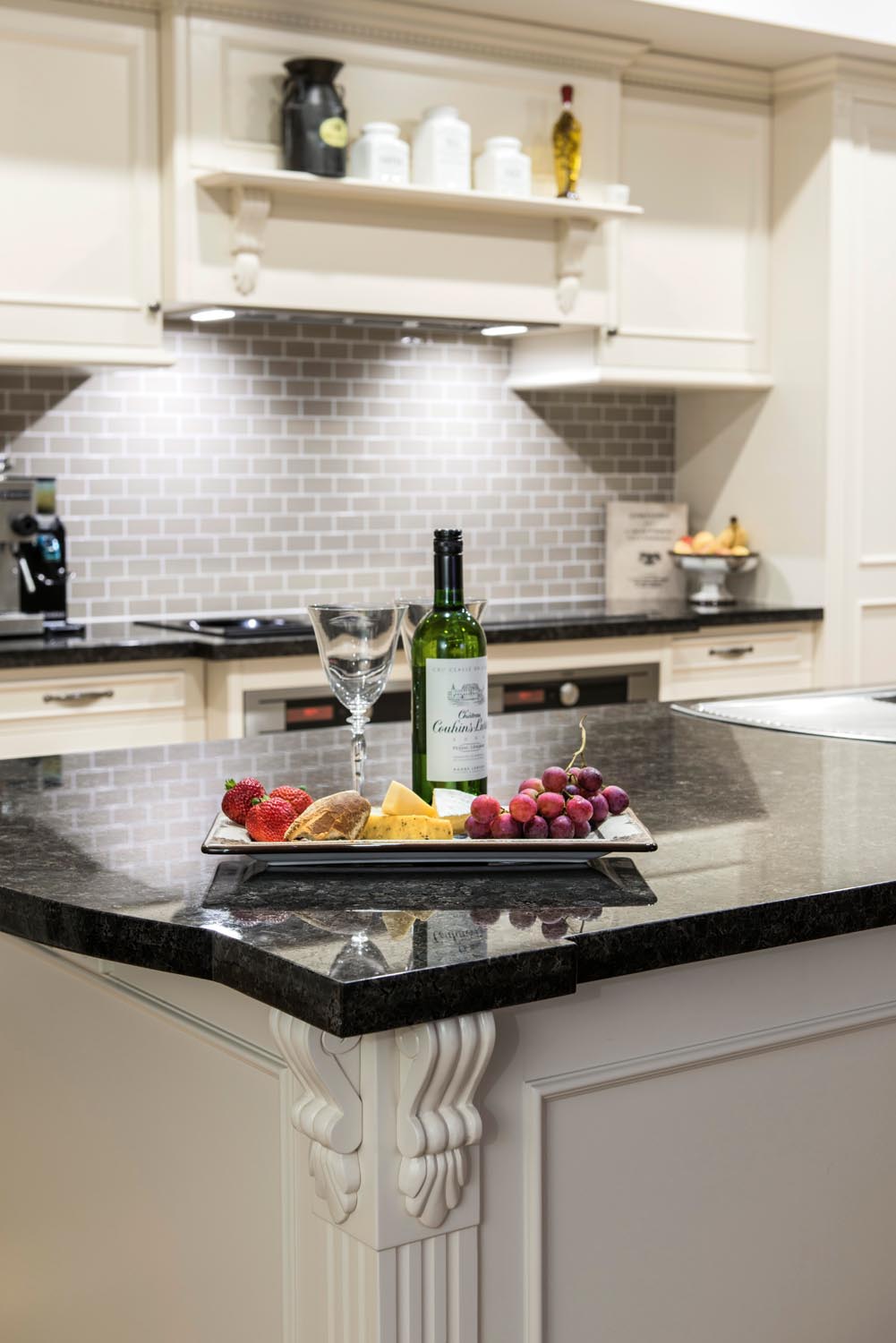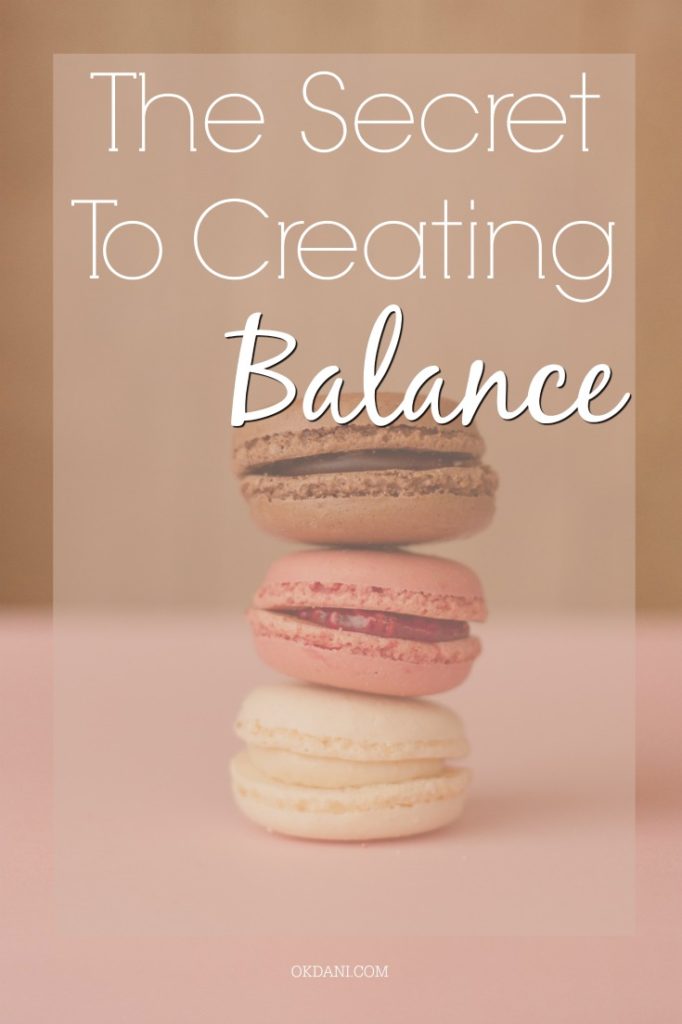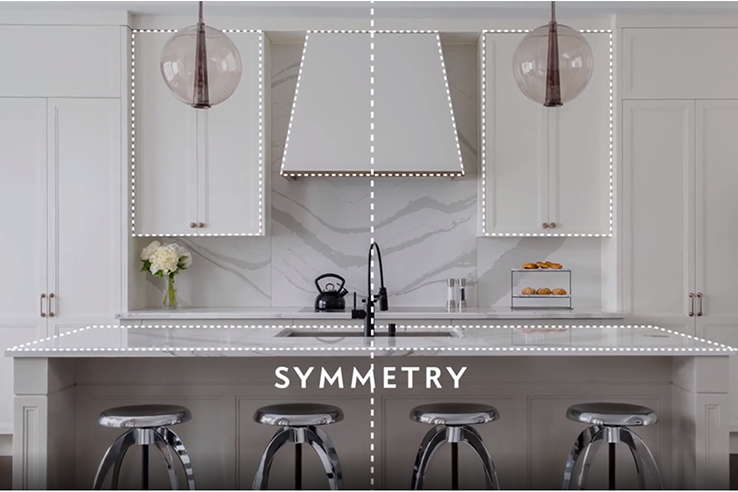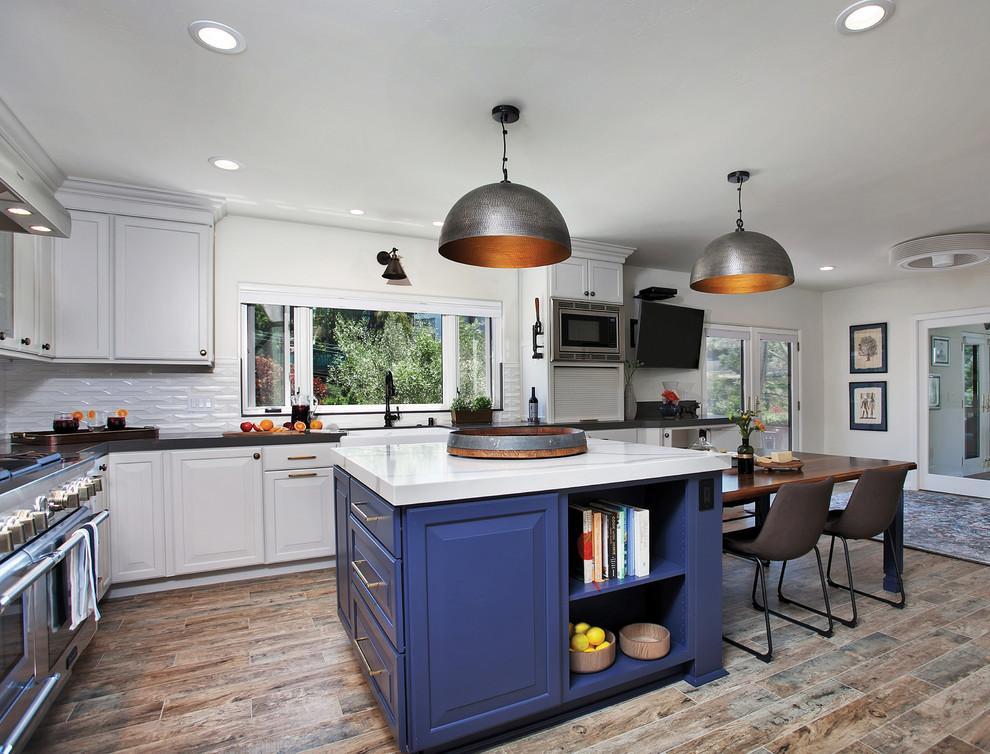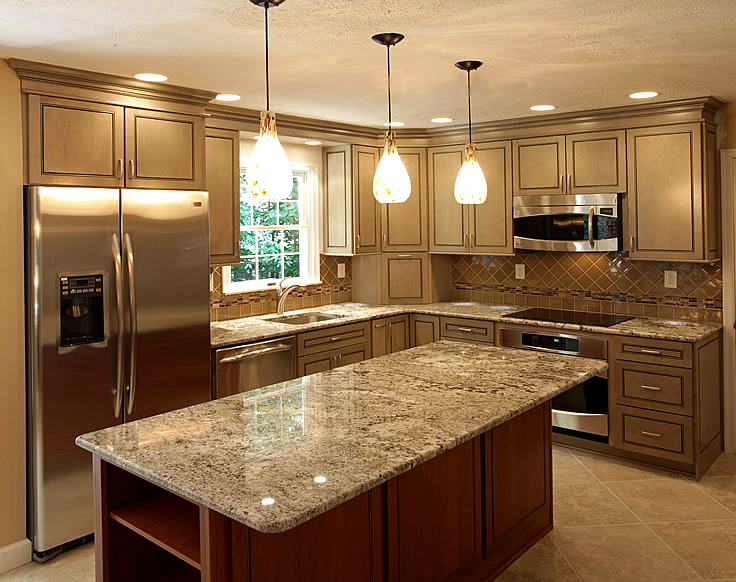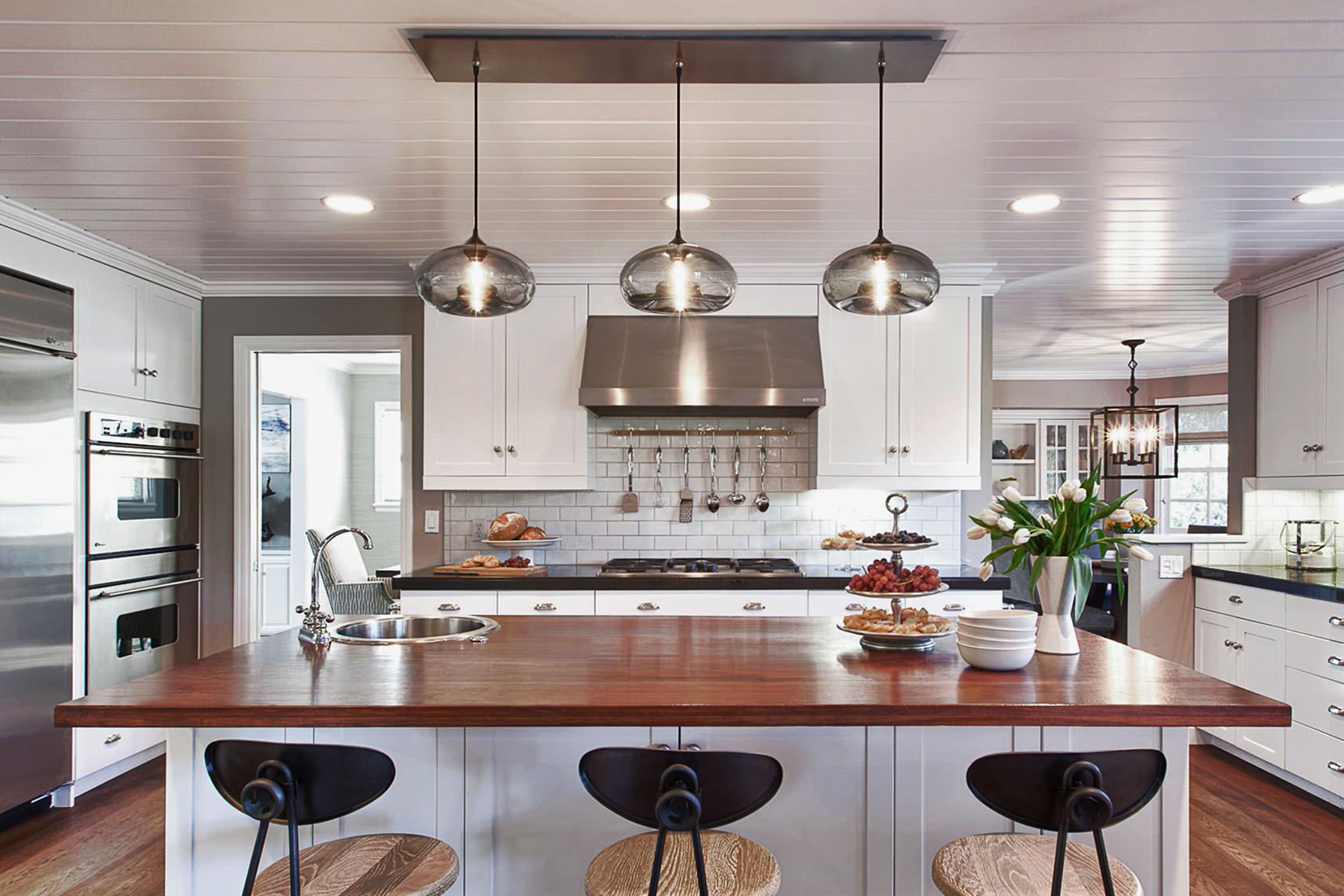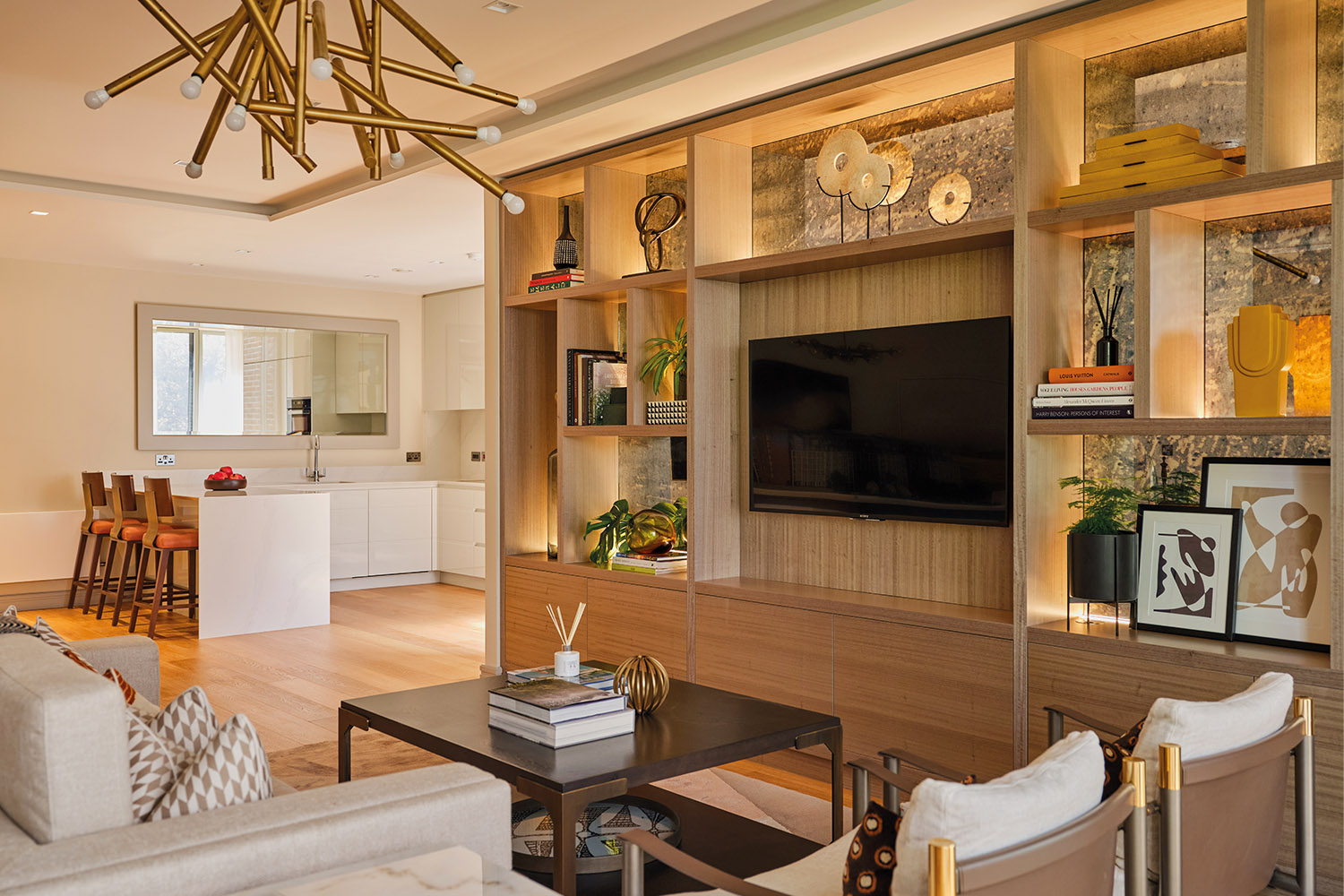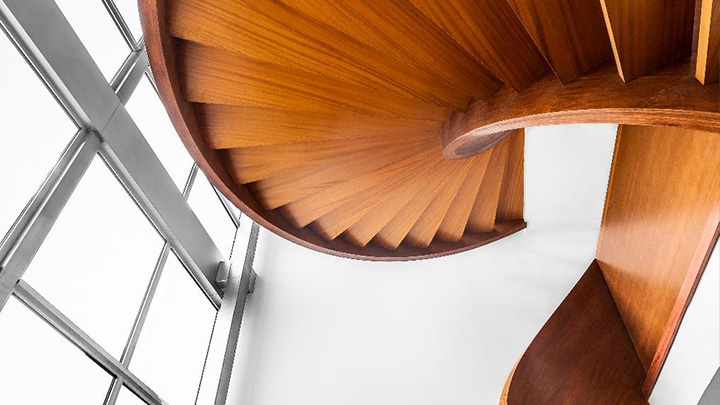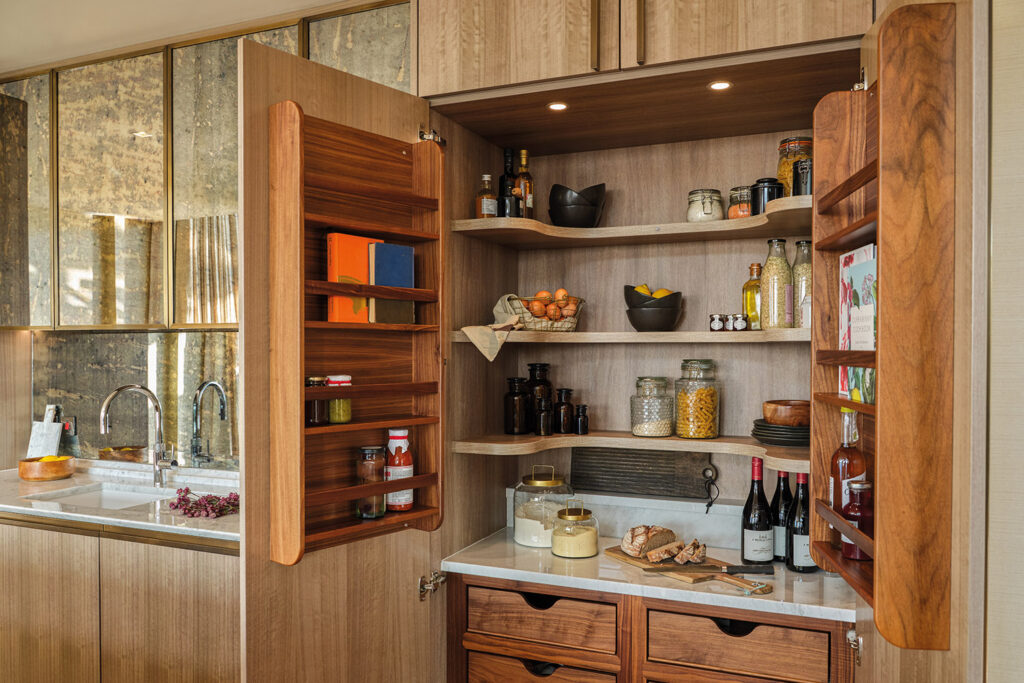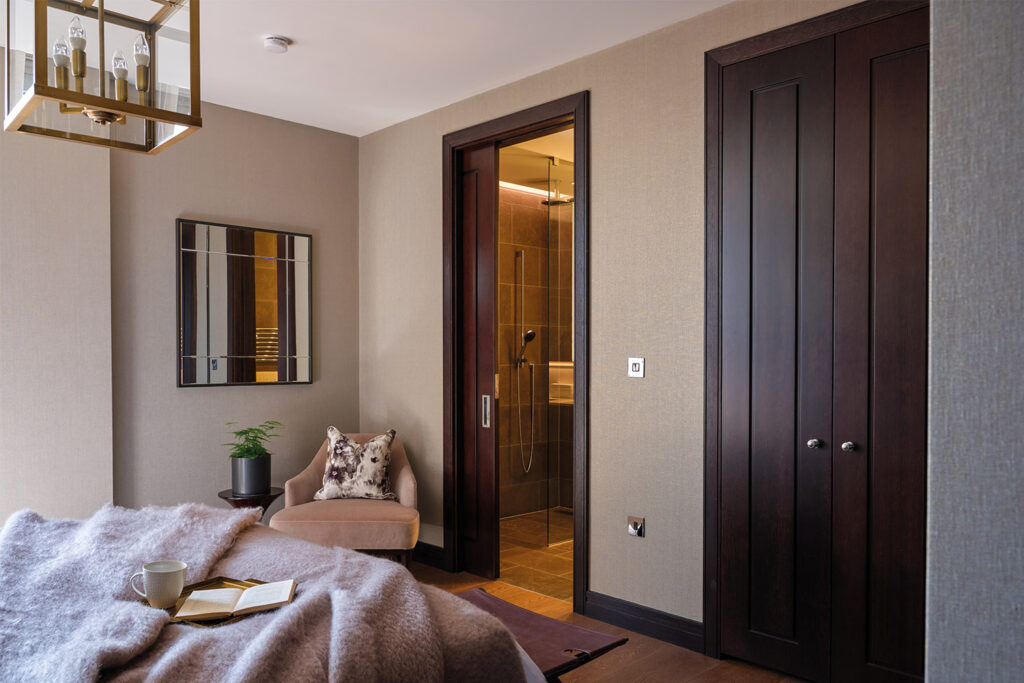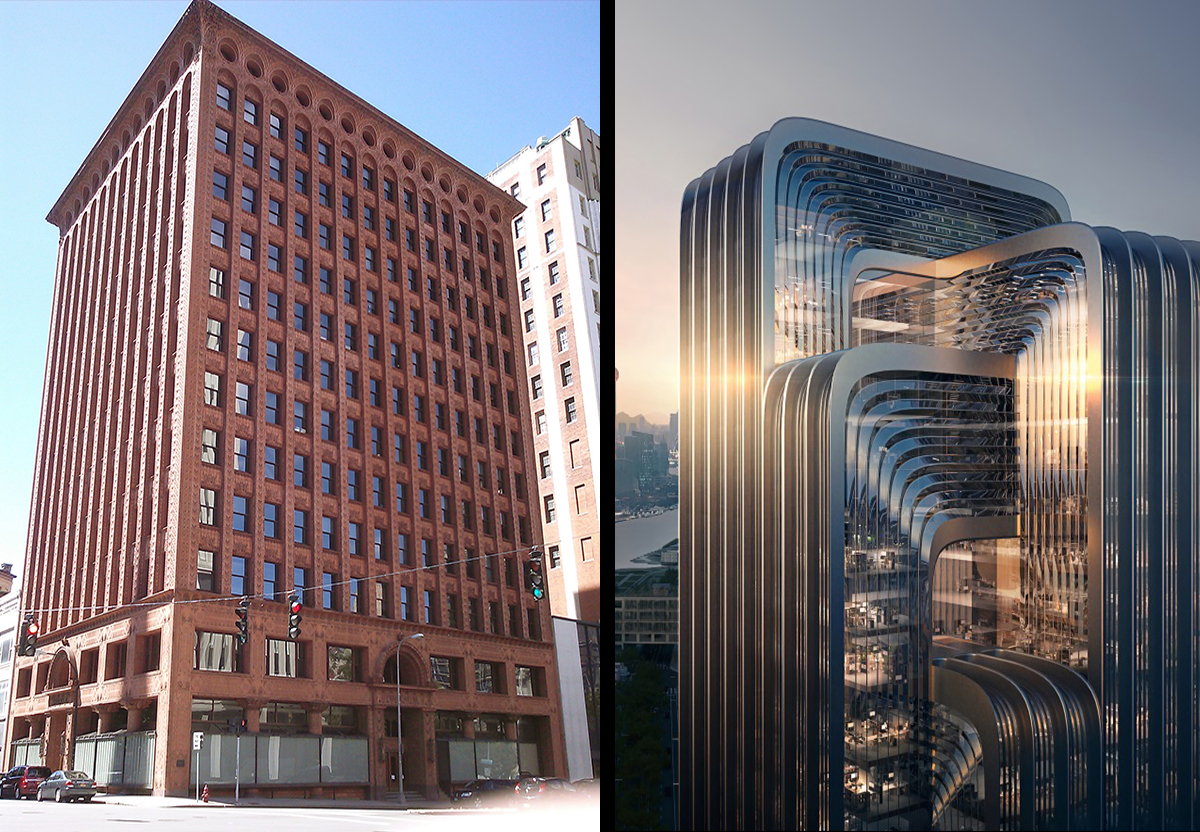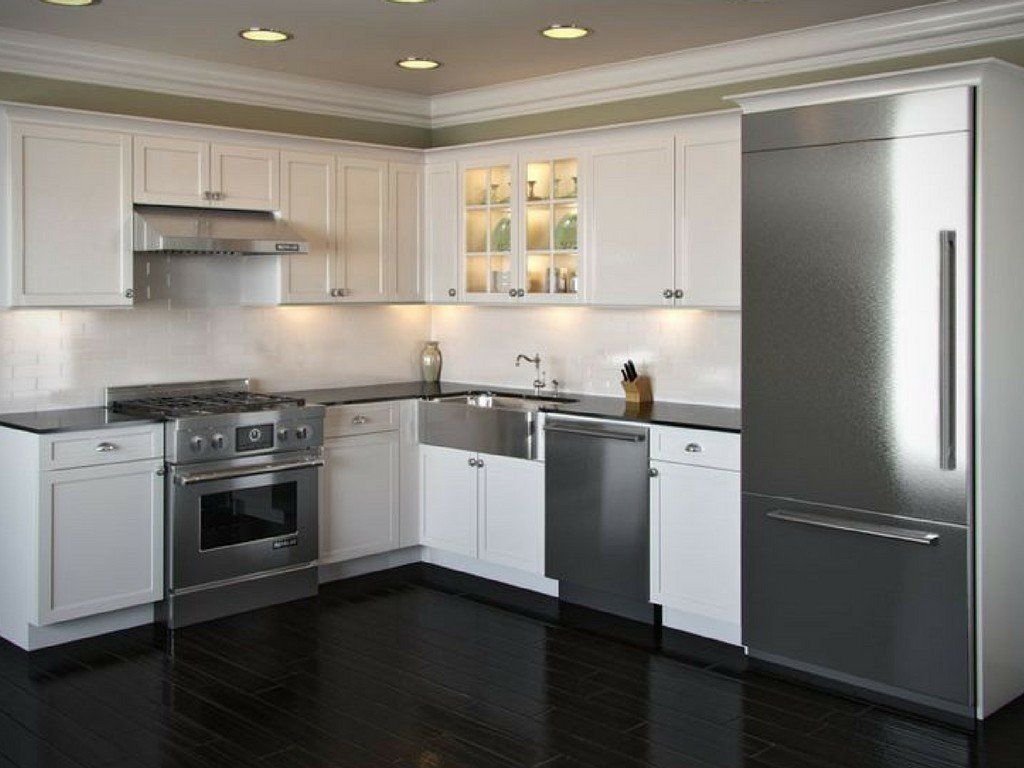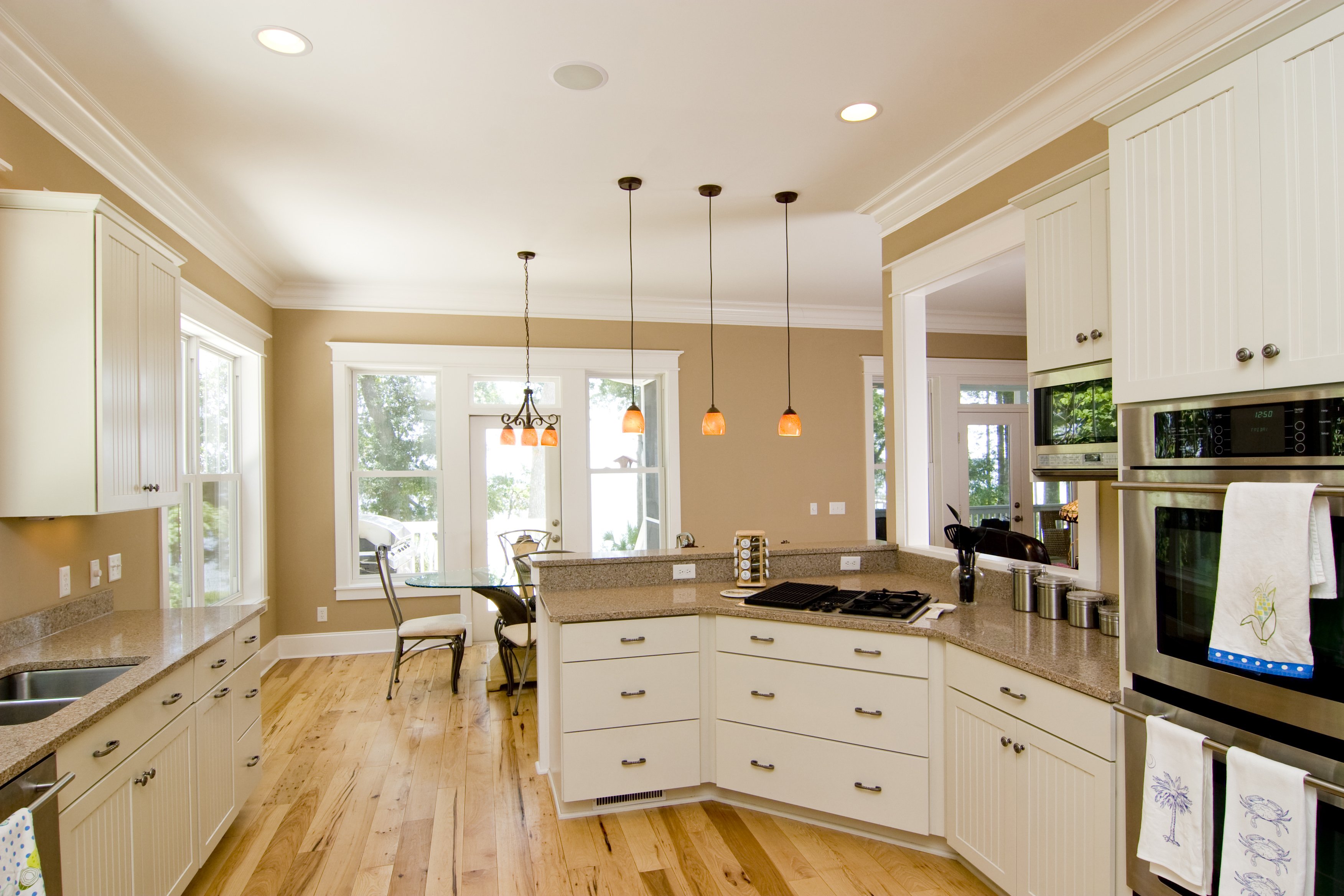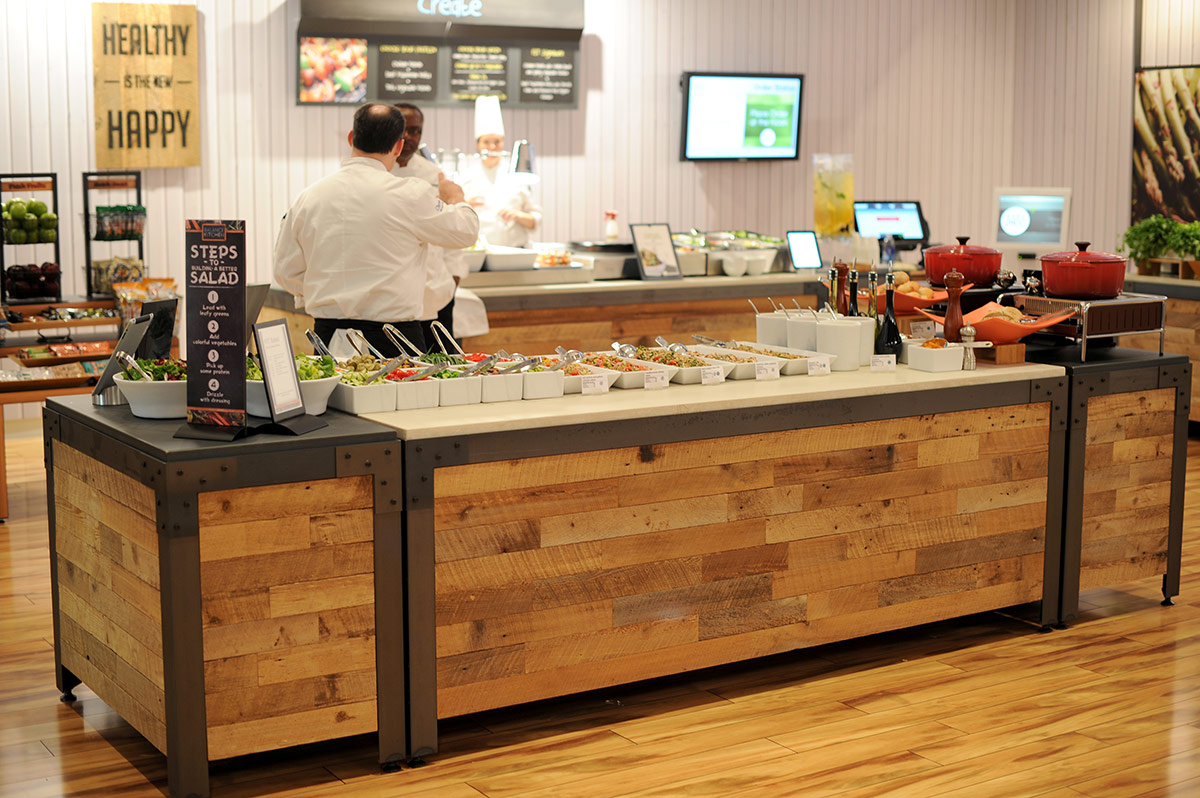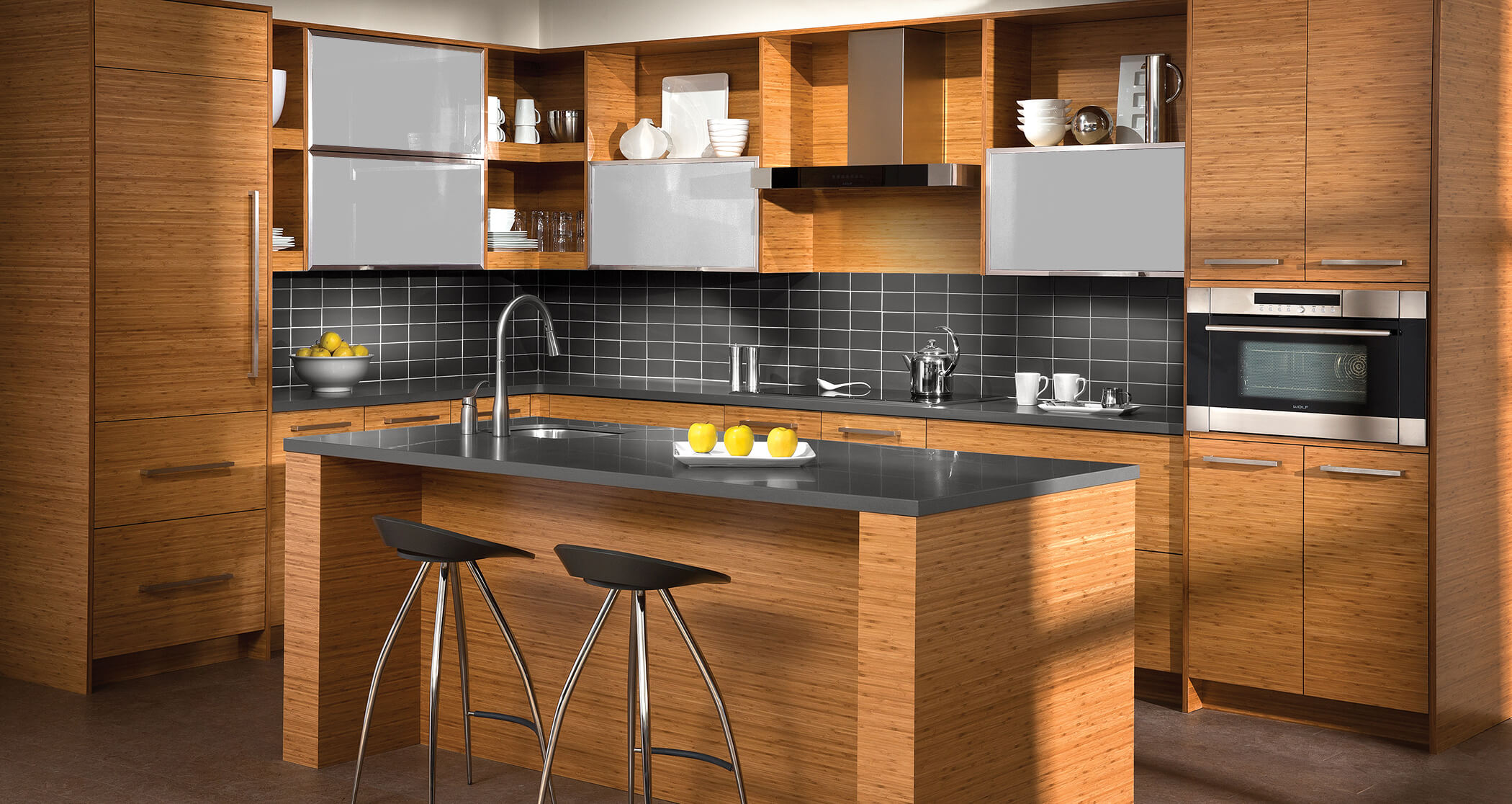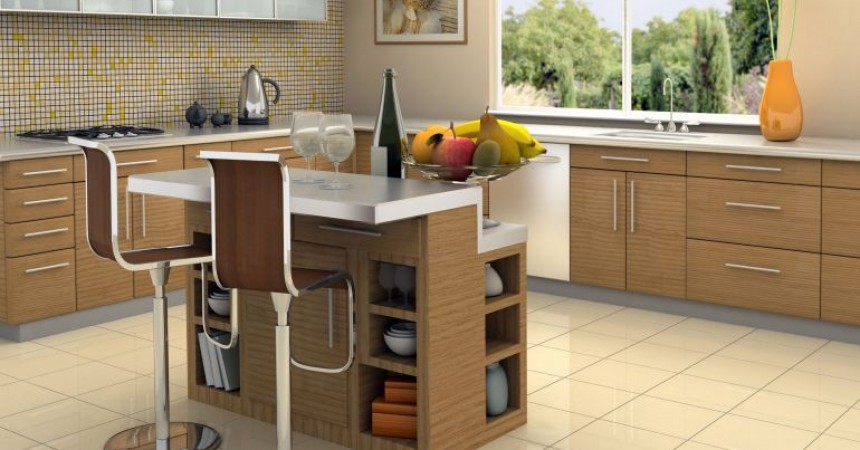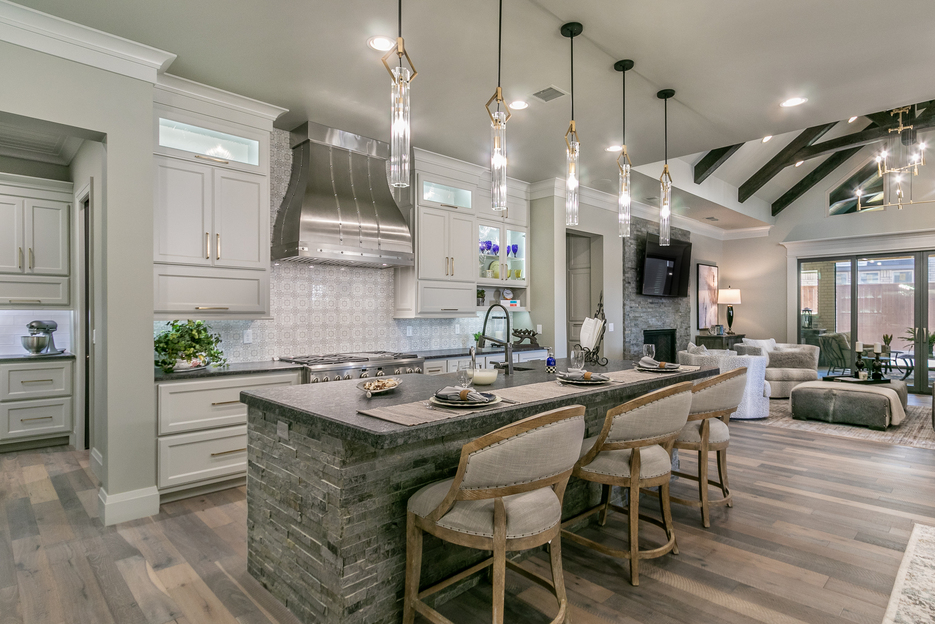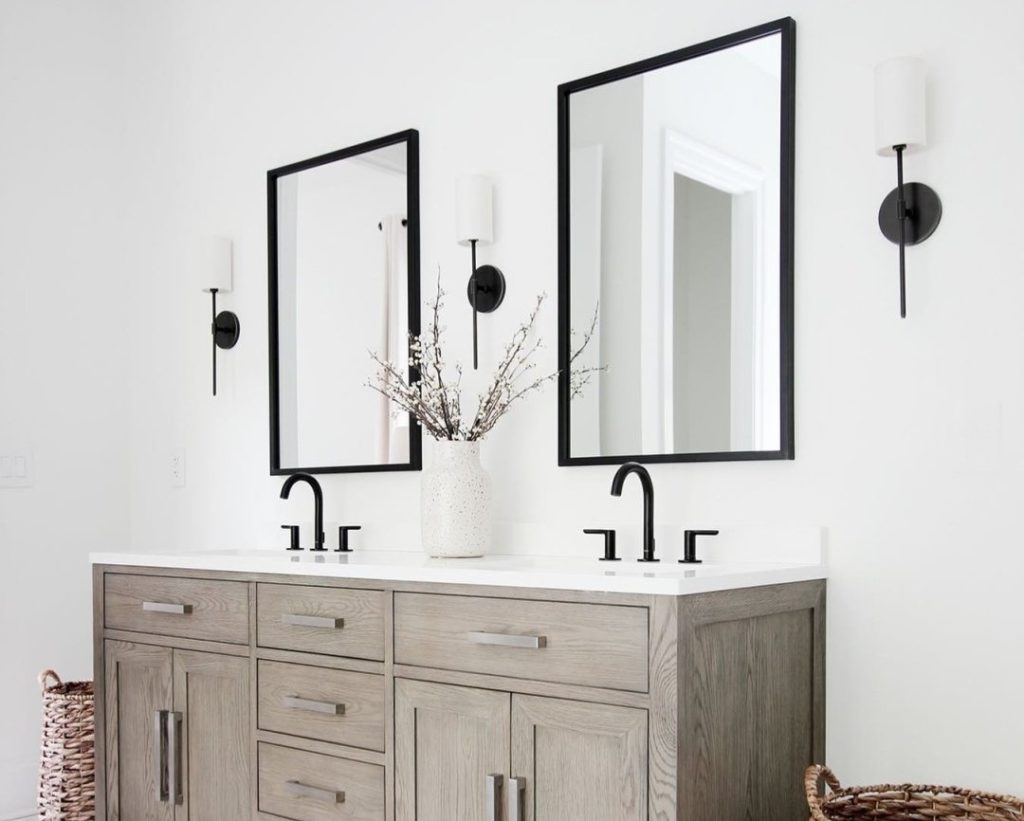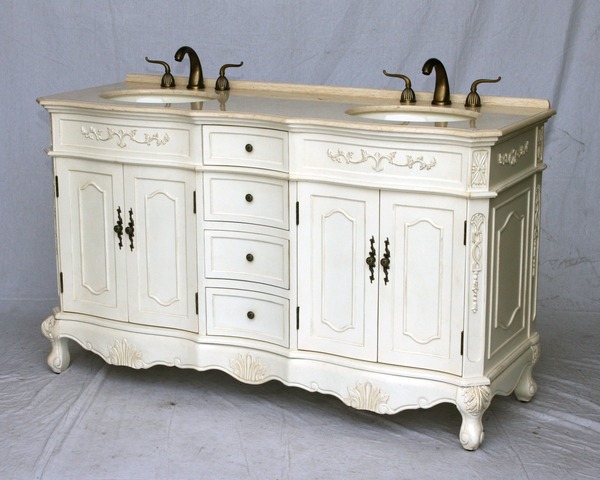Feng Shui is an ancient Chinese philosophy that focuses on creating balance and harmony in one's environment. When it comes to kitchen design, incorporating Feng Shui principles can help create a space that not only looks beautiful, but also feels balanced and energized. According to Feng Shui, the kitchen represents nourishment and prosperity, making it an important area to focus on for achieving balance. One key principle in Feng Shui is the concept of the five elements: wood, fire, earth, metal, and water. These elements should be balanced and present in the kitchen design to create a harmonious space. For example, incorporating wooden elements, such as a butcher block countertop or wooden cabinets, can bring in the wood element. Adding a red accent, such as a bold red backsplash or red appliances, can represent the fire element. Balancing all five elements in the kitchen can help create a sense of balance and flow.1. Feng Shui principles for creating balance in kitchen design
Color plays a crucial role in creating the overall feel of a space. When it comes to kitchen design, using the right colors can help achieve balance. One way to do this is by using a color scheme that includes complementary colors. Complementary colors are opposite each other on the color wheel, such as blue and orange, or green and red. Using a mix of complementary colors in the kitchen, such as with cabinets and countertops, can create a visually balanced space. In addition to complementary colors, using a mix of warm and cool tones can also bring balance to a kitchen design. Warm tones, such as yellow and orange, can create a welcoming and cozy atmosphere, while cool tones like blue and green can add a refreshing and calming touch. Finding the right balance between warm and cool tones can help create a balanced and inviting kitchen.2. Utilizing color theory to achieve balance in kitchen design
Bringing in natural elements is a great way to add balance to a kitchen design. Plants, whether real or artificial, can add a touch of nature to the space and create a sense of balance. Greenery can also help purify the air and bring in positive energy. Another way to incorporate natural elements is by using natural materials, such as wood, stone, and marble, in the kitchen design. These materials not only add texture and visual interest, but also bring in a sense of balance and connection to the natural world.3. Incorporating natural elements for a balanced kitchen design
Symmetry is a powerful design tool that can help create balance and harmony in a space. In kitchen design, incorporating symmetrical elements, such as matching cabinets on either side of the stove or a centered pendant light fixture, can create a sense of balance. When designing a kitchen, it's important to keep in mind the overall layout and ensure that elements are balanced and evenly distributed throughout the space.4. The importance of symmetry in creating balance with kitchen design
Lighting is often overlooked in kitchen design, but it plays a crucial role in creating a balanced and functional space. A well-lit kitchen not only improves visibility and functionality, but also adds warmth and ambiance. To achieve balance with lighting, consider using a mix of natural and artificial light sources. Natural light can bring in a sense of balance and connection to the outdoors, while artificial lighting, such as pendant lights or under-cabinet lighting, can add a soft and warm glow.5. How to use lighting to create balance in kitchen design
When it comes to kitchen design, it's important to find a balance between aesthetics and functionality. While a beautiful kitchen is desirable, it should also be practical and functional for everyday use. This can be achieved by carefully planning the layout and choosing efficient and space-saving elements, such as pull-out pantry shelves or multi-functional islands. Finding the right balance between form and function can help create a kitchen that not only looks great, but also works well for your needs.6. Balancing form and function in kitchen design
Not all kitchens are created equal, and different layouts can present their own challenges when it comes to achieving balance. For example, a galley kitchen may require a different approach to balance compared to a U-shaped kitchen. It's important to consider the layout and work with it to create a balanced and functional space. This may involve incorporating elements such as open shelving or mirrored backsplashes to visually expand the space and create balance.7. Achieving balance with different kitchen layouts
Texture is another important element to consider when designing a kitchen. Too much of one texture can make a space feel overwhelming, while incorporating a mix of textures can create a balanced and visually interesting design. For example, pairing smooth and glossy surfaces with rough and textured materials can add depth and balance to a kitchen. It's all about finding the right balance and contrast between different textures.8. The role of texture in creating a balanced kitchen design
The flow of a space is important for achieving balance and harmony. In kitchen design, this means creating a smooth and intuitive flow between different areas, such as the cooking, prep, and dining areas. This can be achieved by carefully planning the layout and ensuring that there is enough space to move around comfortably. Creating a clear and functional flow in the kitchen can help create a sense of balance and ease in the space.9. Creating a harmonious flow in kitchen design for balance
Finding the balance between modern and traditional elements can be a challenge in kitchen design. However, incorporating both styles can create a unique and balanced look. For example, pairing modern stainless steel appliances with traditional wooden cabinets can add a contemporary touch while still maintaining a sense of balance. It's all about finding the right balance between old and new to create a cohesive and visually appealing design. In conclusion, achieving balance in kitchen design is about finding the right mix of elements and creating a harmonious space that feels both functional and visually appealing. By incorporating principles from Feng Shui, color theory, natural elements, symmetry, and lighting, as well as finding a balance between form and function, different layouts, textures, and styles, you can create a kitchen that is not only beautiful, but also balanced.10. Balancing modern and traditional elements in kitchen design
Designing a Functional and Aesthetically Pleasing Kitchen
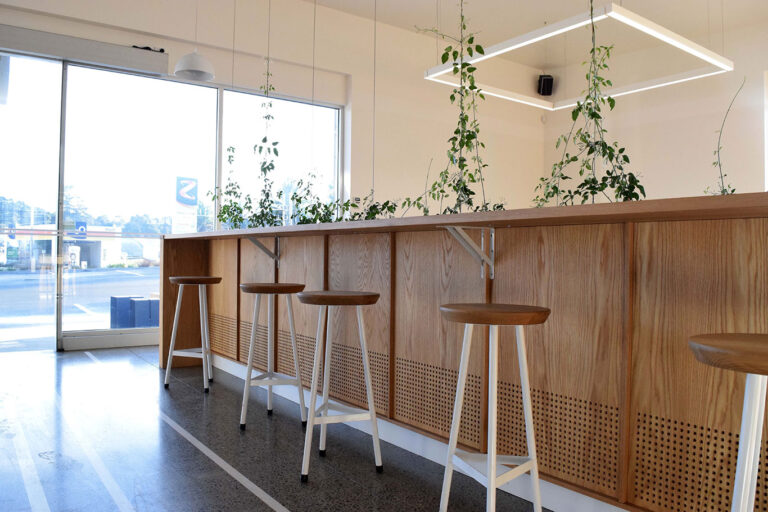
Creating Balance with Kitchen Design
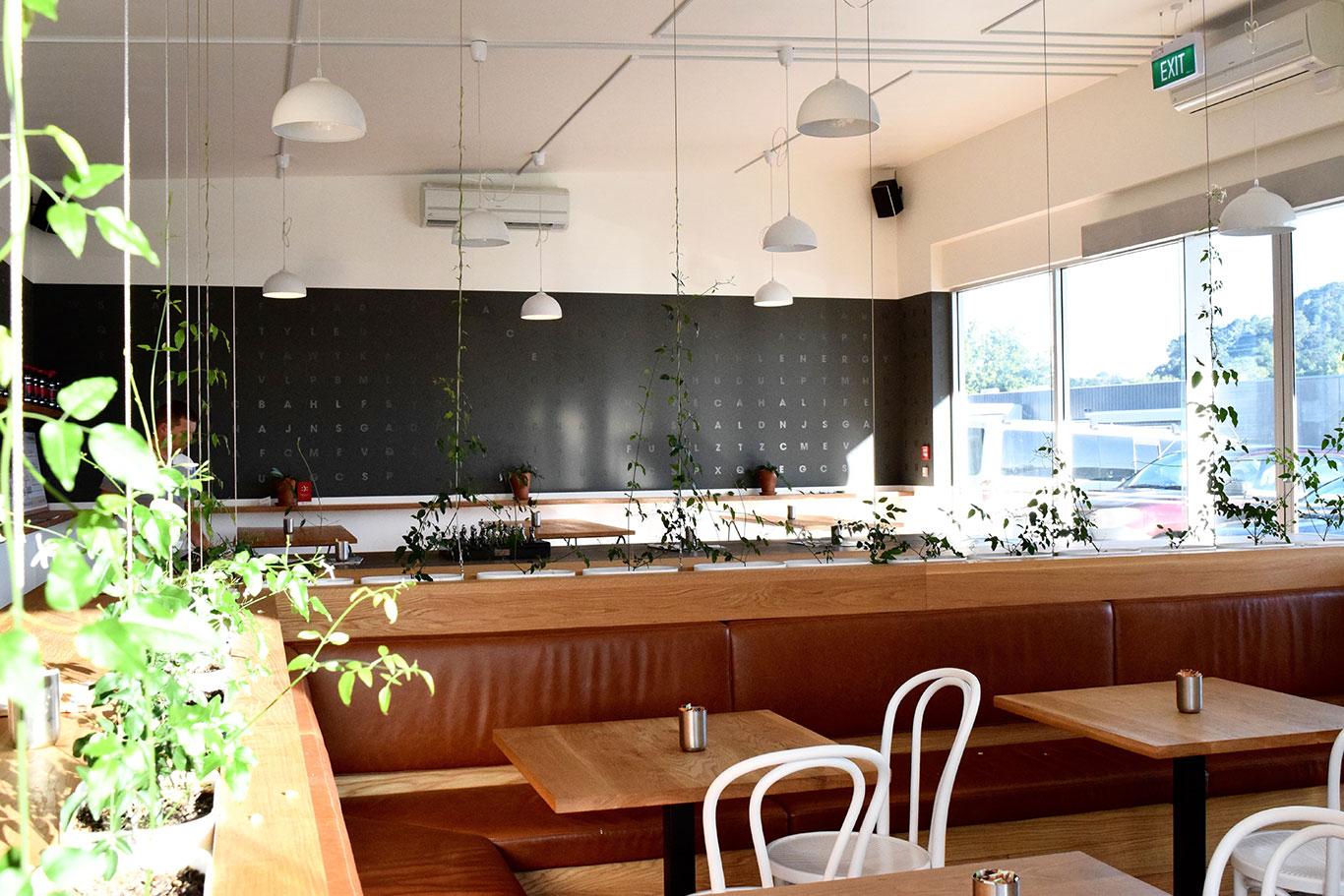 When it comes to designing a kitchen, there are many factors to consider such as functionality, aesthetics, and personal style. However, one often overlooked aspect is balance. Achieving balance in kitchen design is essential for creating a harmonious and inviting space.
Balance can refer to both the physical layout of the kitchen as well as the overall design elements.
Here are some tips for creating balance in your kitchen design.
When it comes to designing a kitchen, there are many factors to consider such as functionality, aesthetics, and personal style. However, one often overlooked aspect is balance. Achieving balance in kitchen design is essential for creating a harmonious and inviting space.
Balance can refer to both the physical layout of the kitchen as well as the overall design elements.
Here are some tips for creating balance in your kitchen design.
Consider the Layout
 The layout of your kitchen plays a significant role in achieving balance. The
work triangle
, which consists of the refrigerator, stove, and sink, is a common design principle used to create balance and efficiency in the kitchen.
Placing these three elements in a triangular formation allows for smooth movement and workflow in the kitchen.
Additionally,
avoid overcrowding one side of the kitchen
by evenly distributing storage and work areas throughout the space.
The layout of your kitchen plays a significant role in achieving balance. The
work triangle
, which consists of the refrigerator, stove, and sink, is a common design principle used to create balance and efficiency in the kitchen.
Placing these three elements in a triangular formation allows for smooth movement and workflow in the kitchen.
Additionally,
avoid overcrowding one side of the kitchen
by evenly distributing storage and work areas throughout the space.
Balance with Color and Texture
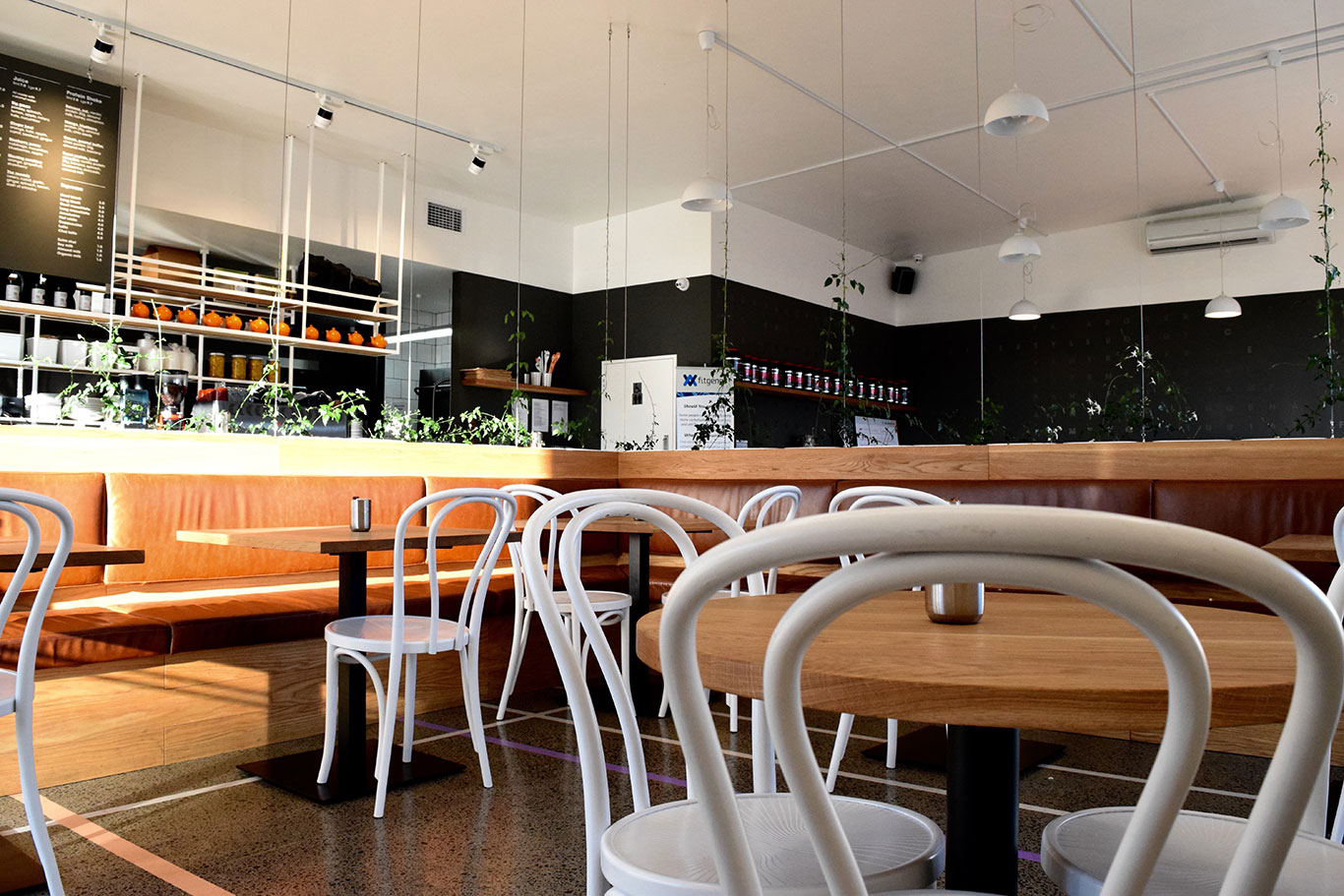 Color and texture are essential elements in any design, and they can also help create balance in the kitchen.
Using a combination of light and dark colors can create contrast and balance in the space.
For example, if you have dark cabinets, balance them out with light countertops and vice versa.
Texture also plays a role in achieving balance.
Consider mixing different textures, such as smooth countertops and textured backsplash, to add visual interest and balance to the kitchen.
Color and texture are essential elements in any design, and they can also help create balance in the kitchen.
Using a combination of light and dark colors can create contrast and balance in the space.
For example, if you have dark cabinets, balance them out with light countertops and vice versa.
Texture also plays a role in achieving balance.
Consider mixing different textures, such as smooth countertops and textured backsplash, to add visual interest and balance to the kitchen.
Don't Forget about Lighting
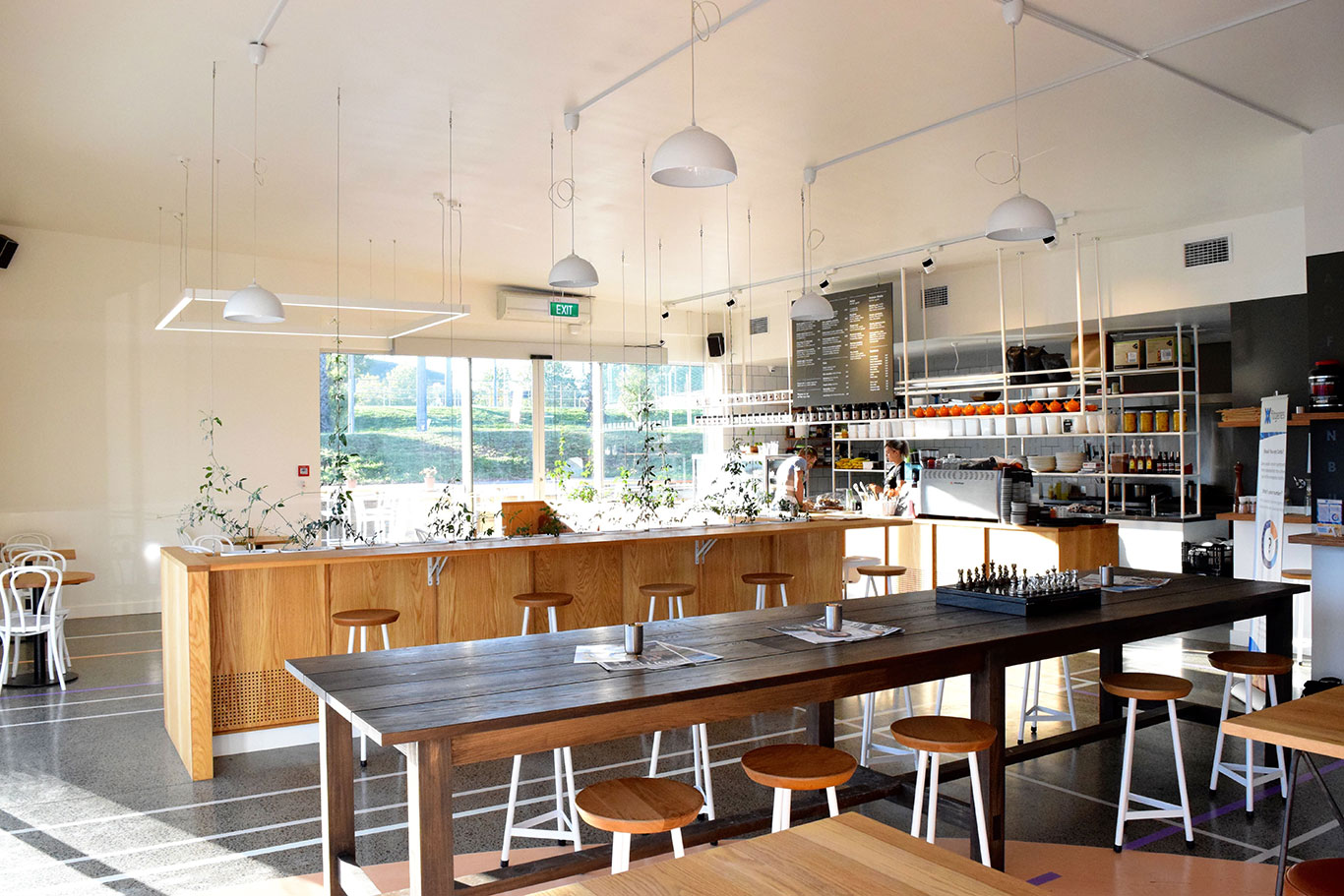 Lighting is often an afterthought in kitchen design, but it can make a significant impact on the overall balance of the space.
Lighting should be both functional and decorative, providing both task and ambient lighting.
Balance lighting fixtures throughout the kitchen,
such as pendant lights over the island and recessed lighting in the main work areas.
Adding a dimmer switch can also help create balance by allowing you to adjust the lighting levels as needed.
Lighting is often an afterthought in kitchen design, but it can make a significant impact on the overall balance of the space.
Lighting should be both functional and decorative, providing both task and ambient lighting.
Balance lighting fixtures throughout the kitchen,
such as pendant lights over the island and recessed lighting in the main work areas.
Adding a dimmer switch can also help create balance by allowing you to adjust the lighting levels as needed.
Incorporate Symmetry
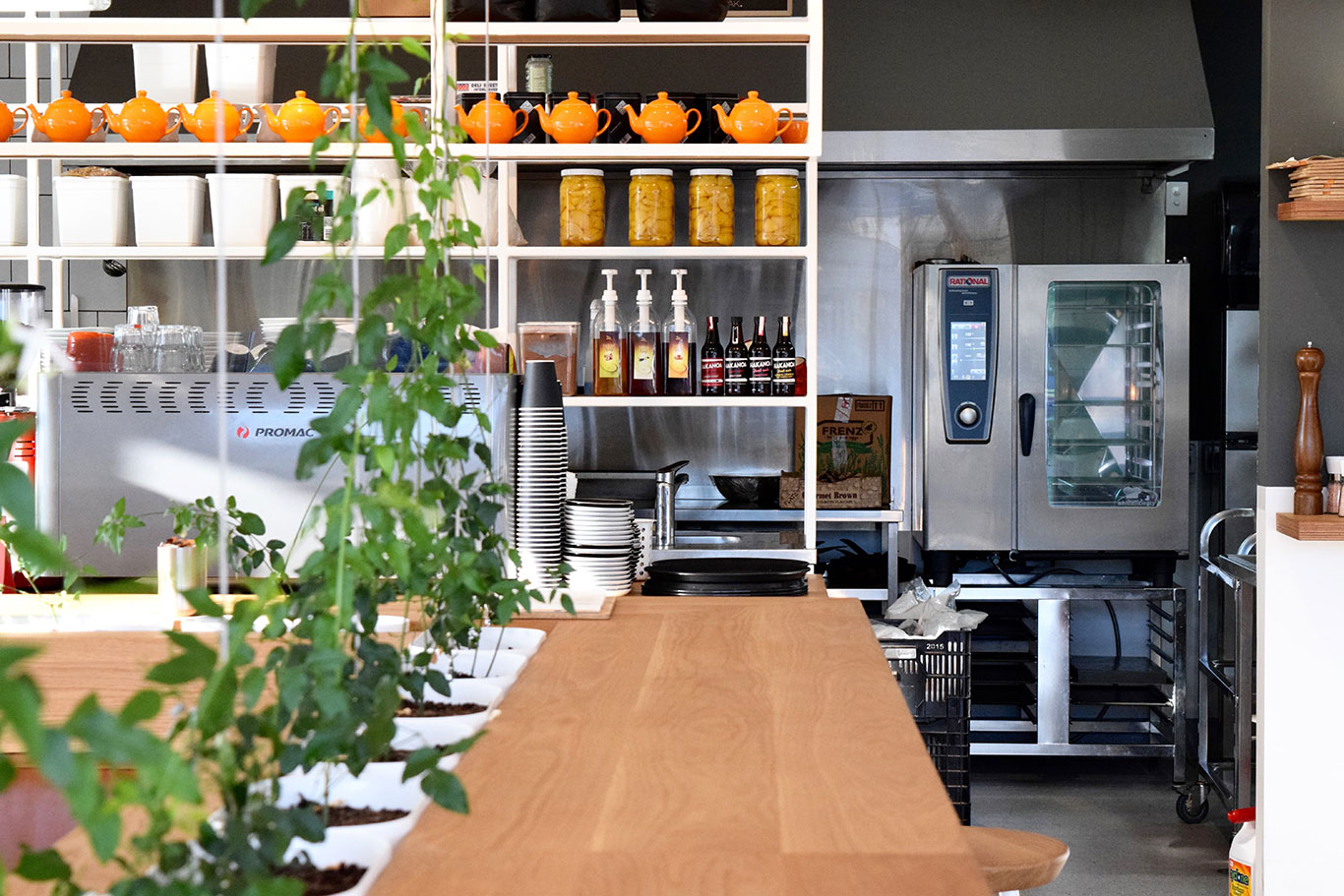 Symmetry is a classic design principle that can help create balance in any space, including the kitchen.
Using symmetrical design elements, such as matching cabinets or light fixtures on either side of the kitchen, can create a sense of balance and order.
However,
avoid using too much symmetry
as it can make the space feel rigid and uninviting.
Overall, achieving balance in kitchen design is all about finding the right combination of elements that work together harmoniously.
Consider the layout, color and texture, lighting, and symmetry
to create a functional and aesthetically pleasing kitchen that is balanced in both form and function.
Remember, a well-balanced kitchen is a happy kitchen.
Symmetry is a classic design principle that can help create balance in any space, including the kitchen.
Using symmetrical design elements, such as matching cabinets or light fixtures on either side of the kitchen, can create a sense of balance and order.
However,
avoid using too much symmetry
as it can make the space feel rigid and uninviting.
Overall, achieving balance in kitchen design is all about finding the right combination of elements that work together harmoniously.
Consider the layout, color and texture, lighting, and symmetry
to create a functional and aesthetically pleasing kitchen that is balanced in both form and function.
Remember, a well-balanced kitchen is a happy kitchen.



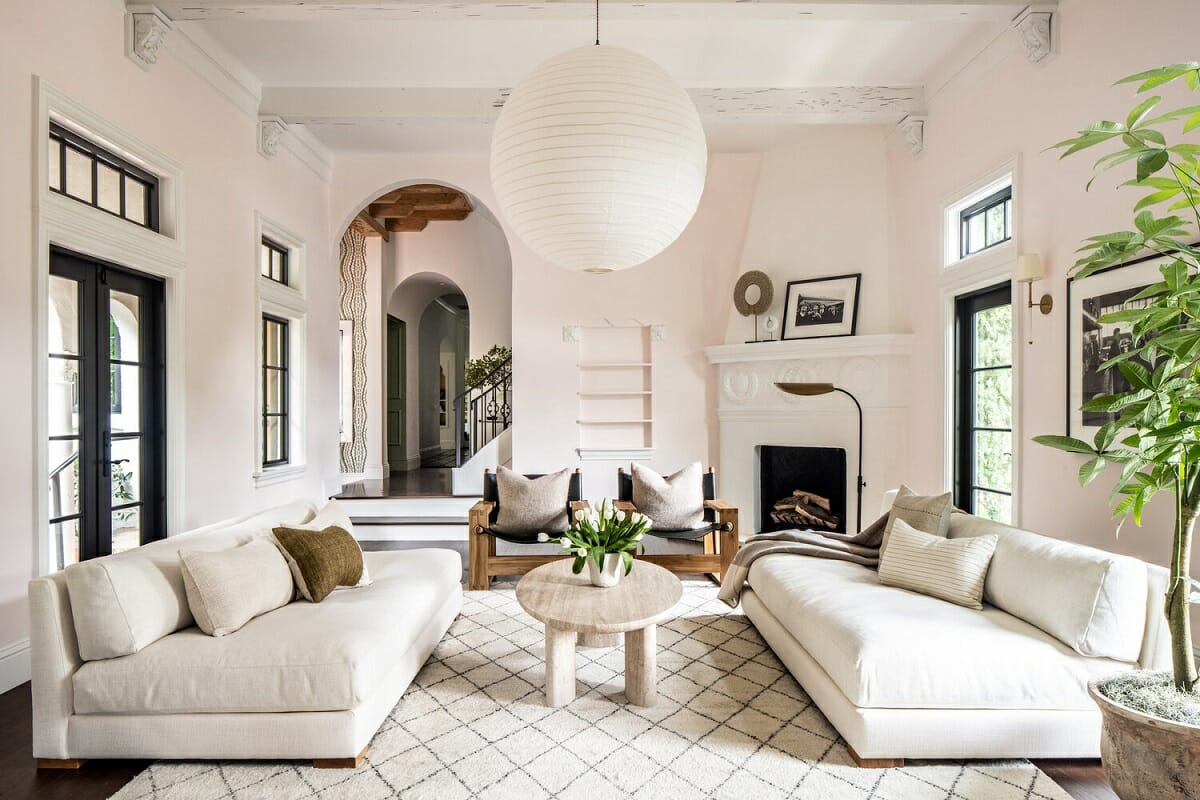
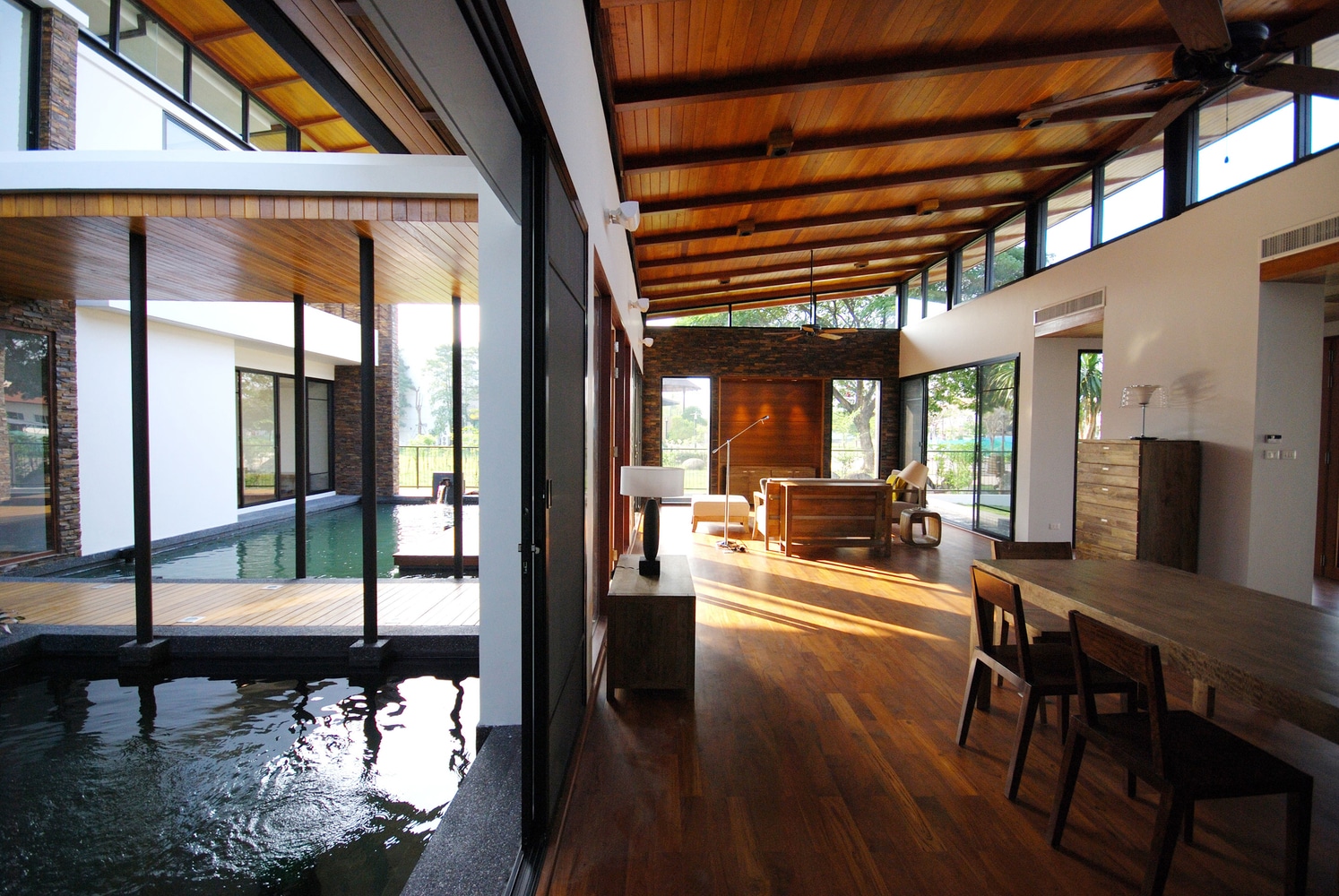











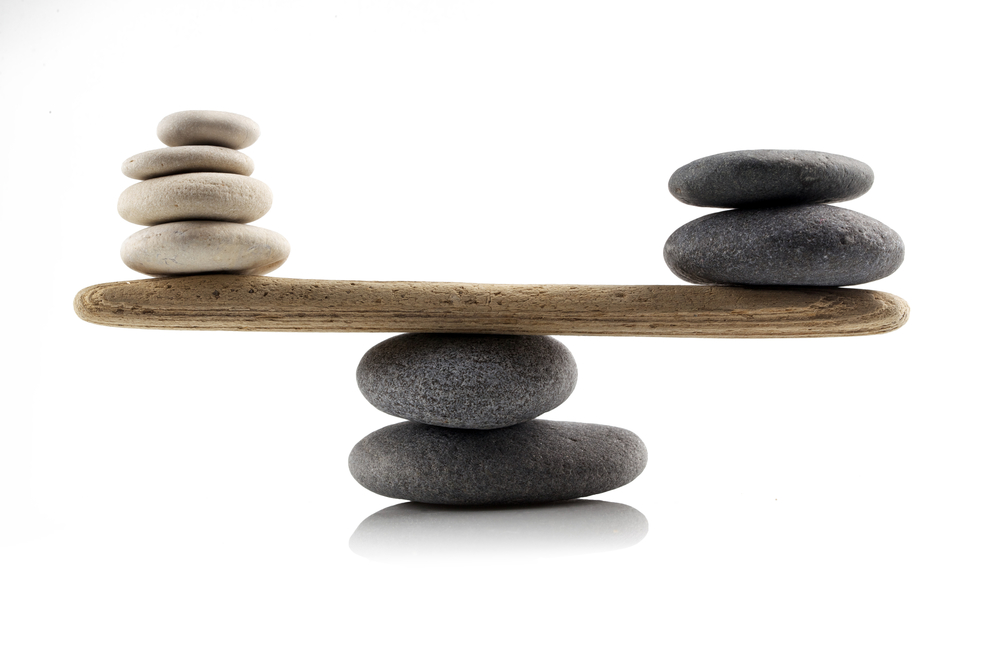

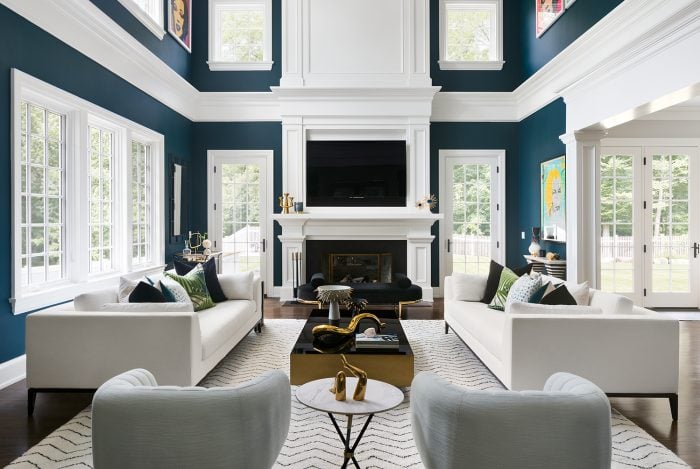


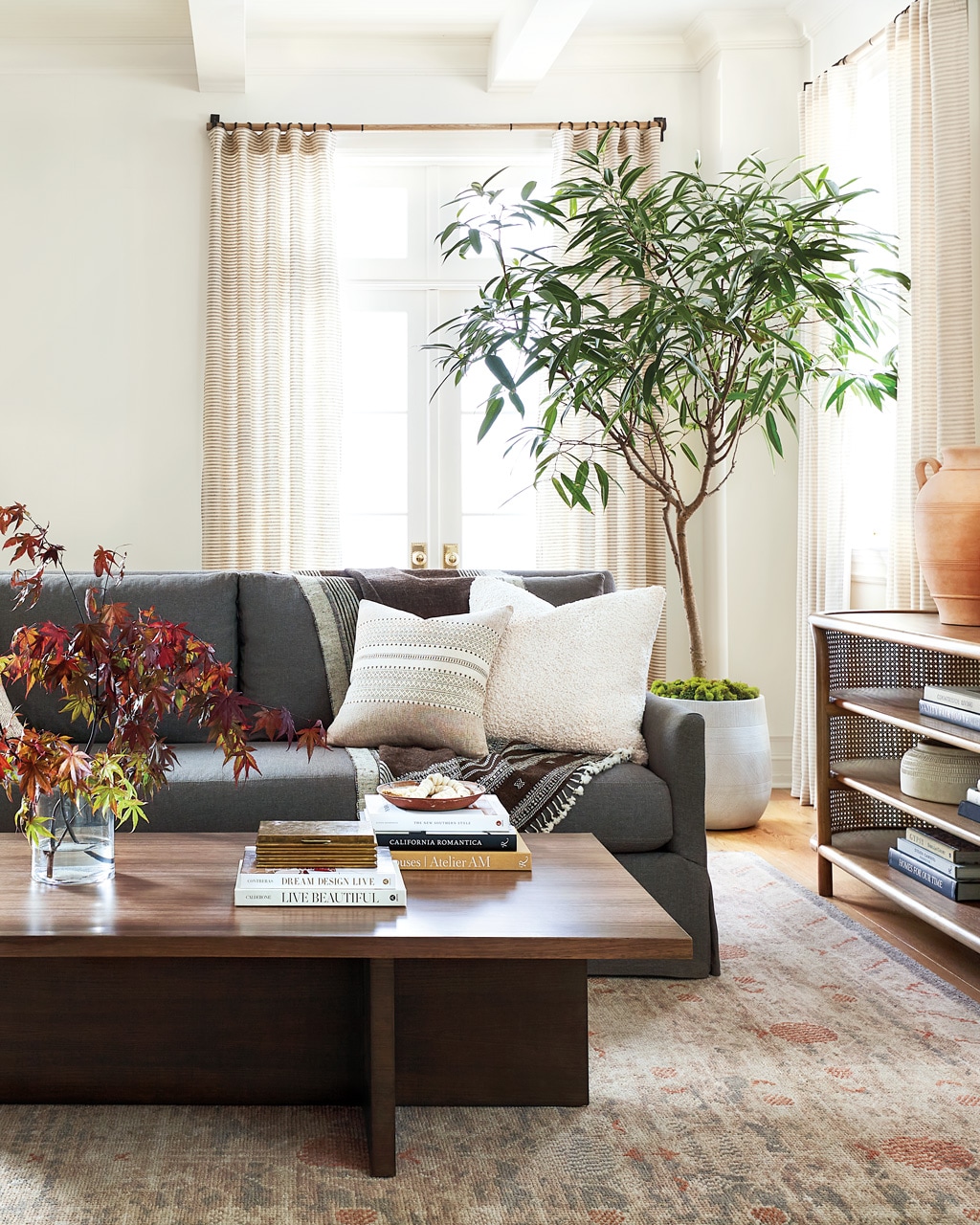



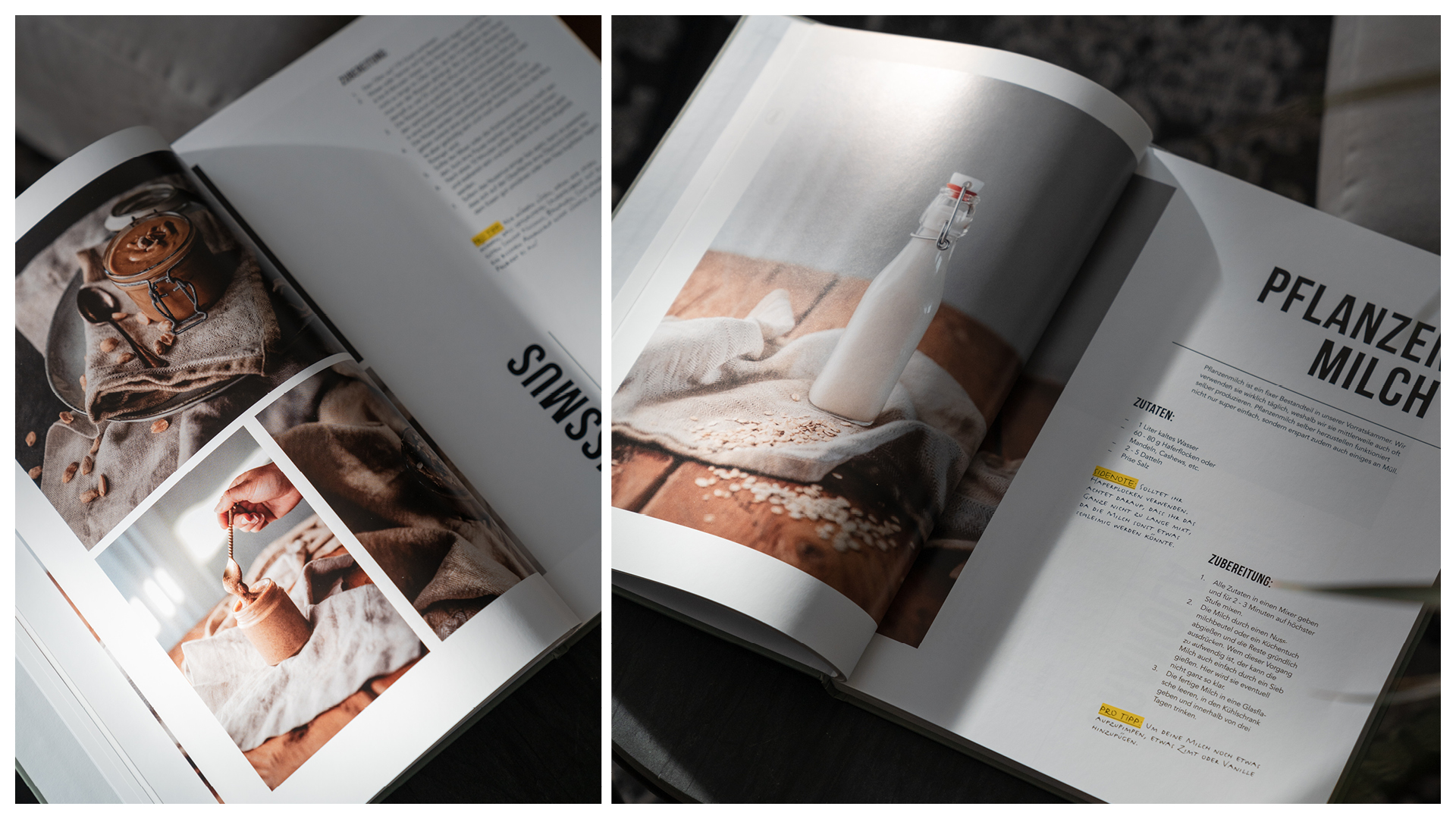
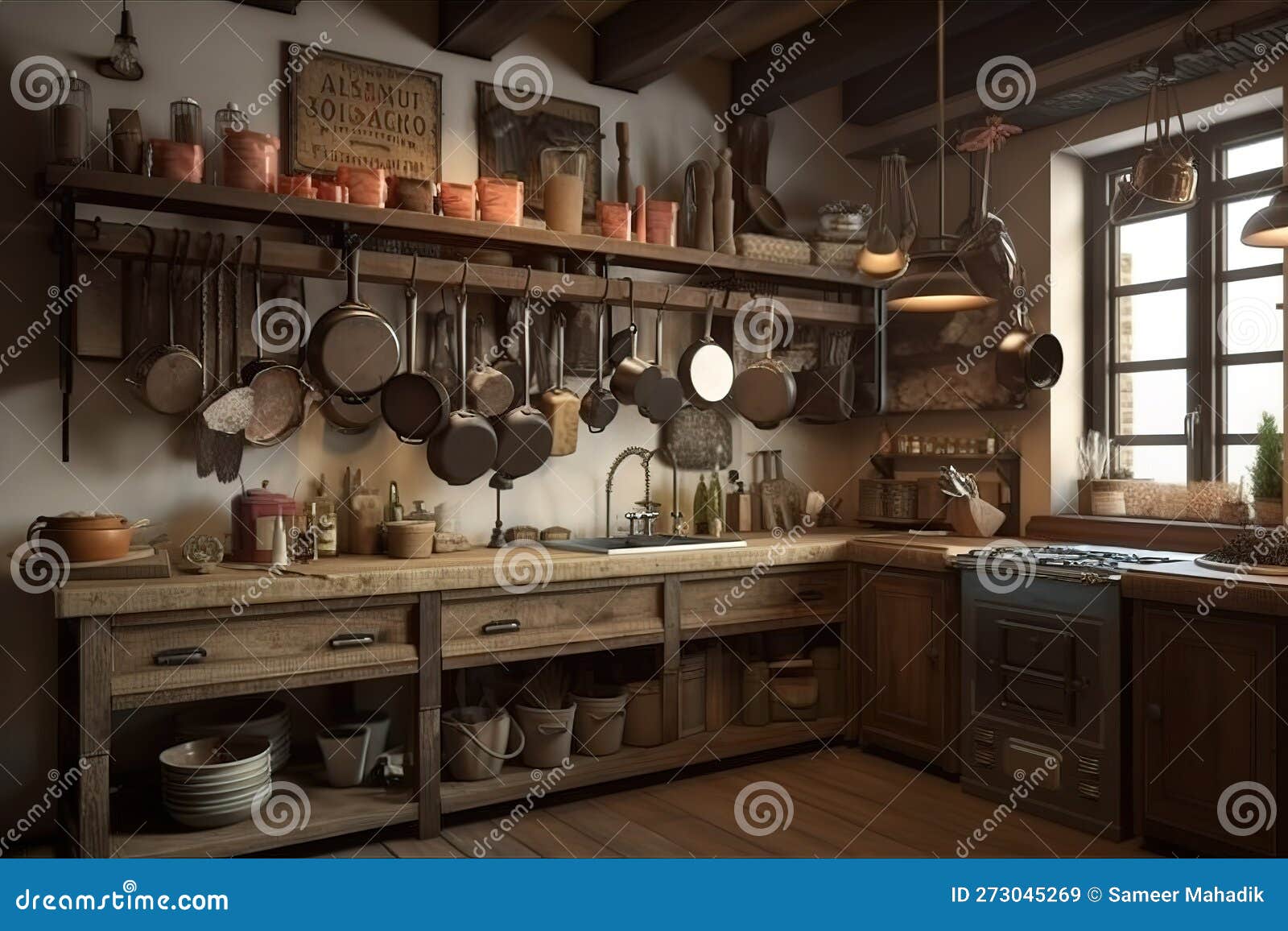
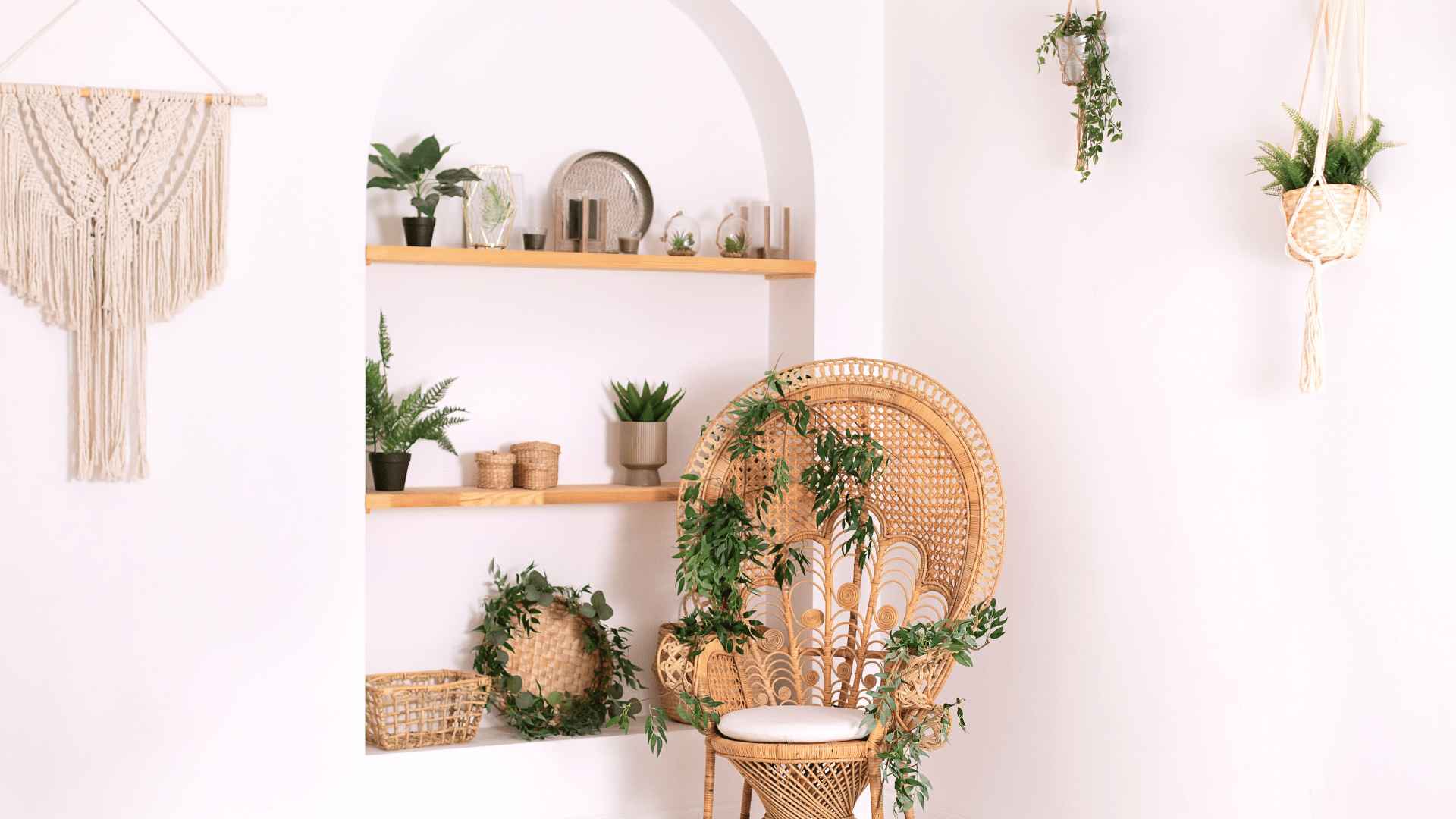
/rocks-balancing-on-driftwood--sea-in-background-153081592-591bbc3f5f9b58f4c0b7bb16.jpg)




